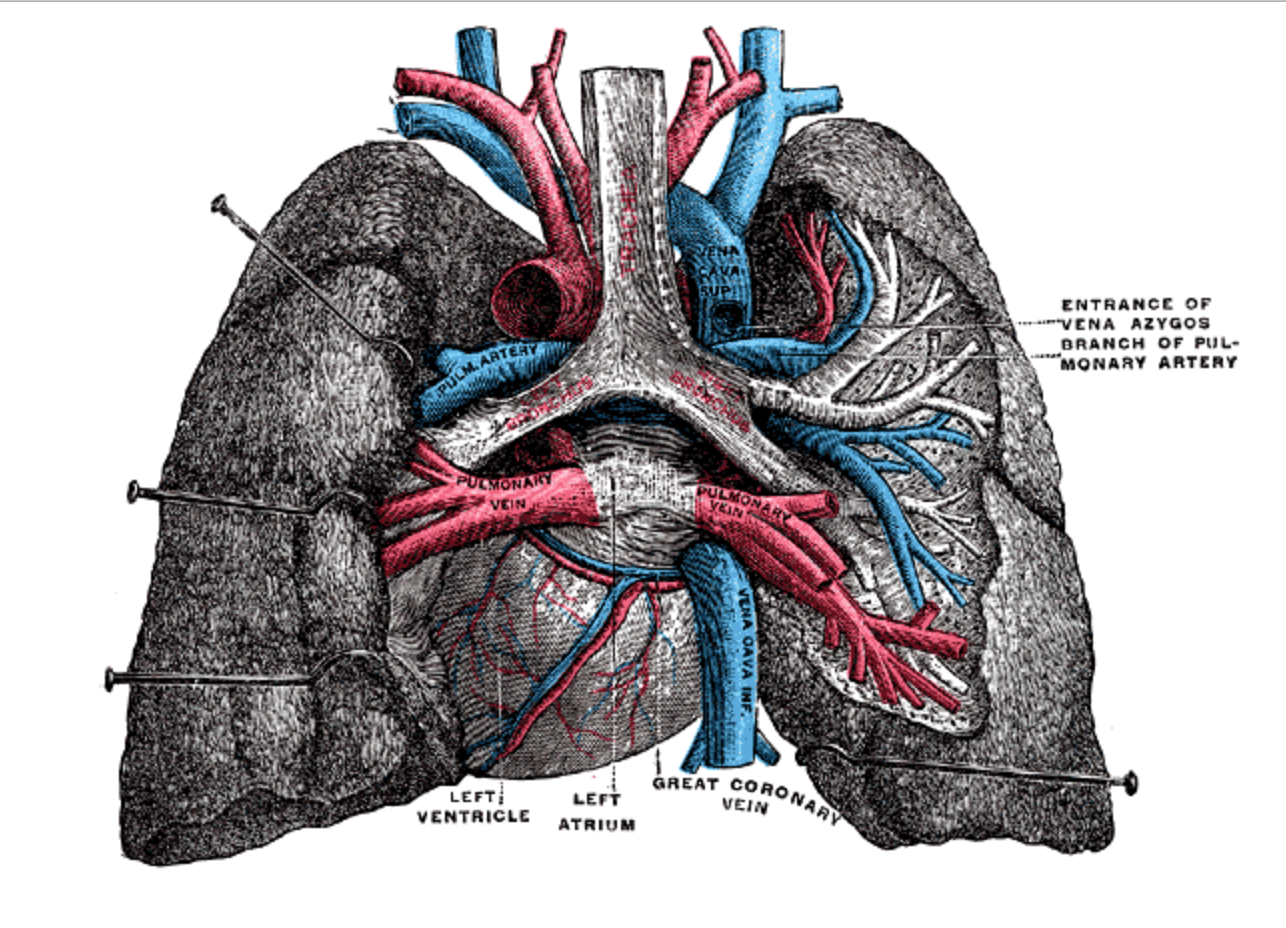Can doctors fix a broken heart?
Cardiologists struggle to effectively treat severe heart attacks
Ryan F. Mandelbaum • November 15, 2015

Cardiologists insert the balloon pump into the aorta via the femoral artery in the leg to increase bloodflow to the organs during heart attacks [Image via Wikimedia Commons]
The most common treatment for severe heart attacks may not work, according to a new study.
Researchers found that inserting intra-aortic balloon pumps (IABPs) offered no improvement in mortality over treatment without the pump, when they analyzed studies published in the last 65 years. They published their findings in JAMA Internal Medicine in June.
There are over 700,000 heart attacks each year in the U.S., and seven to ten percent of those cases are complicated by cardiogenic shock. In these cases, the heart is no longer physically able to pump blood to the entire body, which is why these types of heart attacks are fatal 50-80 percent of the time.
The balloon pump has long been the most common treatment option, and cardiologists continue to insert approximately 70,000 IABPs per year.
In theory, the IABP is a short-term treatment meant to increase blood flow to the organs. The device is inserted into the main artery in the leg and fed up into the aorta, the central artery of the body, where it sits. A computer inflates and deflates the pump with helium to increase the blood flow and blood pressure to the heart. The cardiologist removes the pump once the patient is stabilized.
“The effect of [increased] blood pressure and blood flow to the heart should work,” said Dr. Sayan Sen, Imperial College of London researcher and author of the study. “But when studied, there were no proven effects.”
Unfortunately, the IABP’s strongest competitor, the Impella device, also fails to improve survival amongst patients. It’s also more expensive – approximately $310,000 per patient versus $175,000 for the IABP, according to a study published in the Journal of Cardiac Failure.
Sen’s study confirms previous research that convinced the European Society of Cardiology to stop recommending the balloon pump in 2014. The American College of Cardiology stopped strongly recommending the use of the pumps in 2013, but still designates them as an option when treating serious heart attacks.
Yet cardiologists have not decreased usage in the United States, according to Dr. Holger Thiele, cardiologist at the University Medical Center Schleswig-Holstein in Germany.
“In the US there are still more believers in the technology, and I am not sure if there will be a further downgrading,” said Thiele, expressing little confidence that the United States recommendations would ever completely abandon the IABP.
Part of the reason may be because the IABP has no proven harms. Some doctors hope that doing something is better than doing nothing, especially in the most severe cases of cardiogenic shock.
That includes Sen, author of the JAMA study, who says even he would insert IABPs in patients left with few or no alternatives.